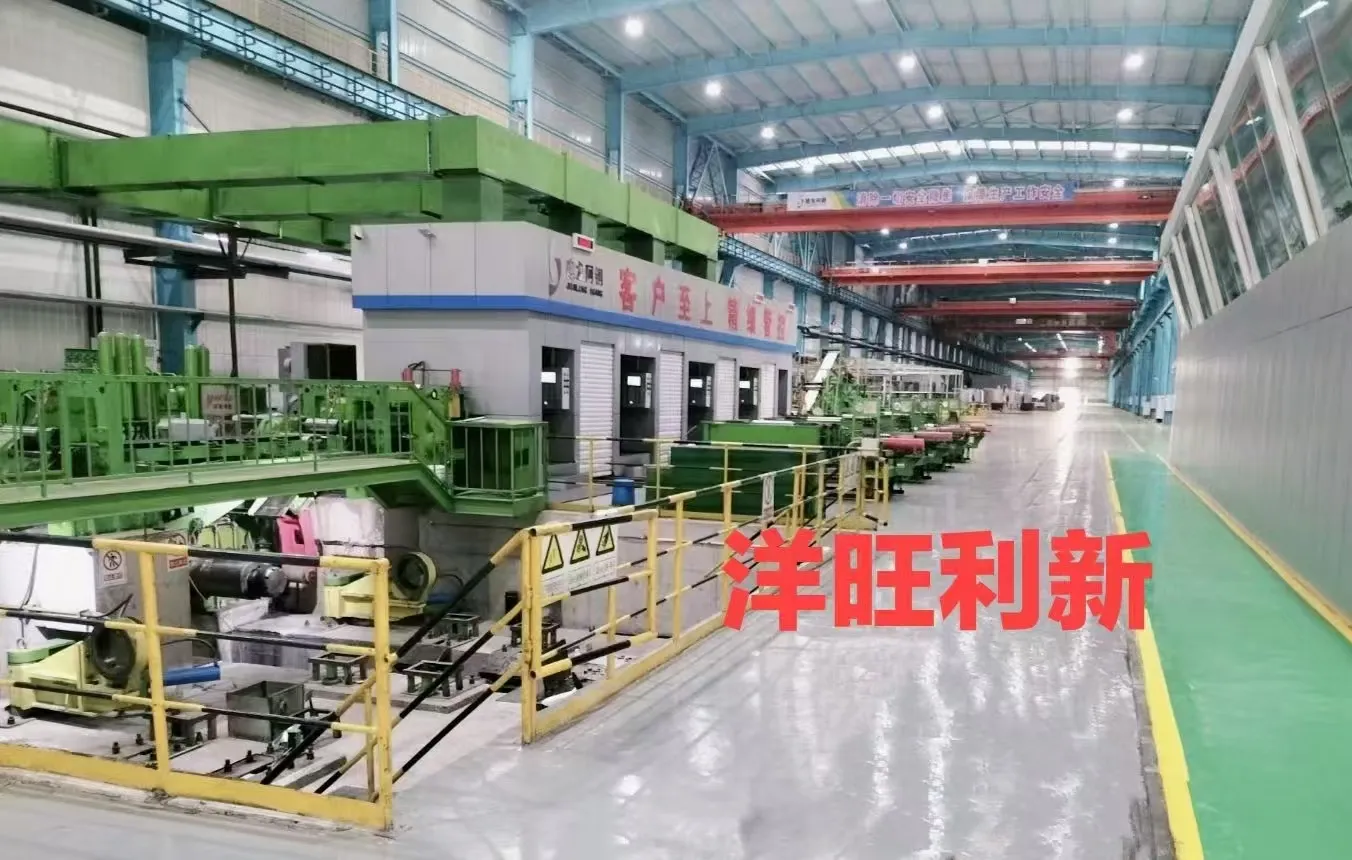
The Role of Hot Rolling Mill in the Iron and Steel Industry
In the heart of the global iron and steel industry lies a powerful and essential link that shapes the raw potential of molten metal into usable, value-added forms: the hot rolling mill. As a pivotal stage in the steel production process, the hot rolling mill transforms cast slabs and billets into semi-finished or finished products such as sheets, strips, beams, and bars. Without this critical operation, the modern steel industry as we know it would not function effectively.

Hot Steel Rolling Mill: The Bridge Between Ironmaking and Final Processing
After molten iron is converted into steel in a converter or electric arc furnace, the resulting steel is cast into semi-finished forms such as slabs, blooms, or billets. At this point, the material is solidified but far from ready for real-world application. Enter the hot steel rolling mill—the critical process step that reheats these cast forms to temperatures often exceeding 1,100°C and then compresses them between rotating rolls to achieve the desired shape and thickness.
This transformation is not merely physical; it is also metallurgical. During hot rolling, the steel's internal structure is refined, reducing porosity and homogenizing the grain structure. This results in improved mechanical properties such as ductility, toughness, and dimensional stability—essential characteristics for downstream users in automotive, construction, shipbuilding, and appliance manufacturing.
The hot steel rolling mill thus serves as a bridge, taking the raw energy of the steelmaking stage and transforming it into intermediate products suitable for cold rolling, coating, forming, or final fabrication.
Hot Rolling Machine as a Core Component of the Industrial Workflow
A hot rolling machine, whether operating as part of a reversing mill or a tandem rolling line, plays a decisive role in achieving high throughput with precise dimensional control. These machines are designed to handle extreme temperatures, high loads, and continuous operation. Their function is not limited to compression; it includes active control of roll gap, tension, temperature, and speed to ensure uniform output.
Within the iron and steel supply chain, the hot rolling machine acts like a master sculptor. It determines not only the physical appearance but also the functional performance of the steel product. The accuracy of thickness, flatness, and surface finish all rely on the design and control of this stage. Therefore, manufacturers invest heavily in automation, sensor integration, and real-time control systems to optimize hot rolling machine performance.
Because of its critical function, the hot rolling machine is often considered the heartbeat of any steel plant’s rolling department, orchestrating the conversion of raw cast metal into high-quality, value-driven product.
Hot Rolling Mill Equipment and Its Integration with Modern Steelmaking
The term hot rolling mill equipment refers not just to the rolling stands but to the comprehensive suite of machinery and support systems that enable efficient and sustainable rolling operations. This includes reheating furnaces, descalers, roughing and finishing mills, roller tables, crop shears, coilers, hydraulic systems, and control software.
In an integrated steel plant, hot rolling mill equipment serves as the central processing unit that links upstream steelmaking with downstream finishing. Without this equipment, there would be no way to economically process high volumes of molten metal into controlled forms. The presence of advanced rolling mill equipment ensures the plant's ability to produce multiple steel grades with varying specifications while maintaining productivity, energy efficiency, and safety standards.
In the broader industry chain, this equipment allows steelmakers to meet market demands for tailored, customer-specific products—whether that’s ultra-thin automotive sheets, corrosion-resistant pipeline steel, or high-strength structural beams.
Hot Strip Rolling Mill and the Rise of Flat Steel Products
Among the different types of hot rolling mills, the hot strip rolling mill occupies a particularly important role in the production of flat steel products. Hot strip mills are designed to produce wide, continuous strips of steel, which can then be cut into sheets or coiled for transport and storage. These strips are fundamental to the automotive, construction, and appliance sectors.
What makes the hot strip rolling mill unique is its ability to achieve high levels of dimensional precision at remarkable speeds. The strip exiting the finishing stand may be traveling at over 1,000 meters per minute, yet must maintain strict thickness and flatness tolerances.
Furthermore, innovations such as laminar cooling systems, inline inspection stations, and advanced coiling technologies have elevated the hot strip mill into a fully automated, smart manufacturing environment. Its position in the steel chain is unmatched when it comes to producing high-volume, high-quality flat steel—an indispensable material in today’s industrial economy.
From raw steel slabs to coiled sheets, from reheated billets to formed beams, the hot rolling mill is where transformation occurs—not only in terms of shape but also in value. Its position in the steel industry chain is not just functional; it is strategic. By enabling scale, precision, and versatility, hot rolling ensures that upstream investments in steelmaking pay off in downstream markets.
Incorporating powerful hot rolling machines, robust hot rolling mill equipment, and high-speed hot strip rolling mills, this stage of steel processing provides the backbone for everything from skyscrapers and highways to appliances and pipelines.
-
Indian Clients Visit YWLX to Inspect Skin-pass MillNewsJun.22,2025
-
Typical Products from Reversing Cold Rolling ProcessNewsMay.26,2025
-
Surface Finish Improvement through Skin Pass RollingNewsMay.26,2025
-
Integration of AGC Systems in Modern Cold Rolling MillsNewsMay.26,2025
-
Cold Rolling in the Context of High-Strength Steel DemandNewsMay.26,2025
-
AGC in Hot Rolling Mills: Challenges and SolutionsNewsMay.26,2025
-
Why Reversing Cold Rolling Mills Are Ideal for Specialty MetalsNewsMay.13,2025










